How to sit the right way in Japan ?
Published on
Share this article :
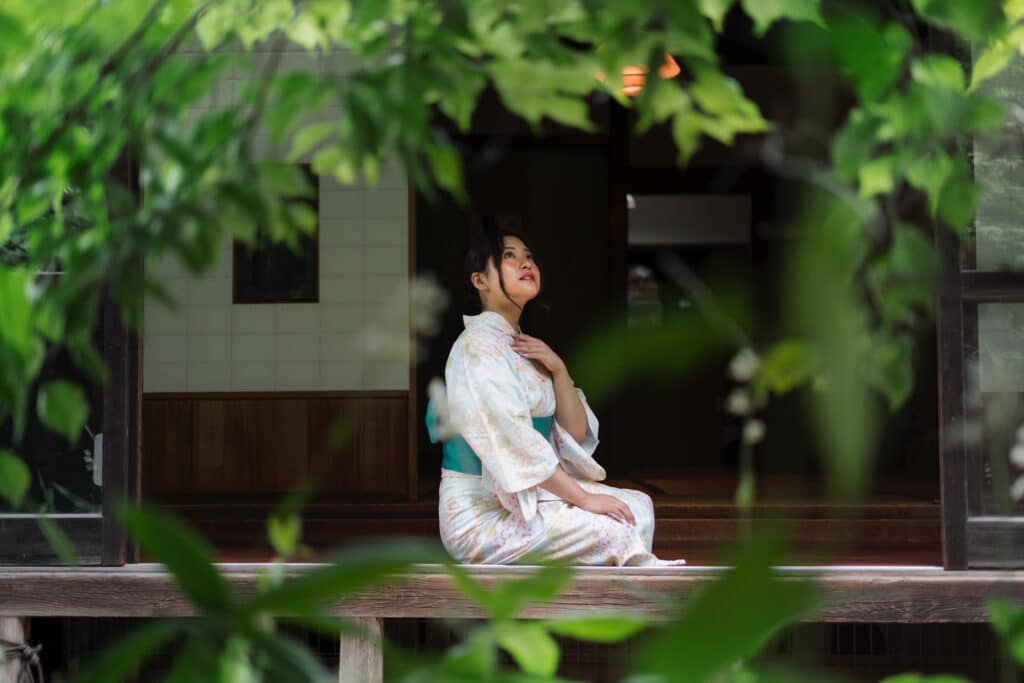
Seiza, Keiza, Tatehiza… There is an endless list of ways to sit in Japan. They are all more or less traditional and, of course, more or less used. As a foreign professional traveling to Japan, you may need to adopt these positions during business meals or cultural activities. But don’t worry, tokimeki is here to guide you. Today, we will discuss two of the most common positions: Seiza and Agura.
Relax
This is important. First, because these positions require a certain amount of flexibility. But this advice should be taken more figuratively. If you are not comfortable, it will always be possible to sit in a position that suits you better. Most of the time, it is also simply possible to ask for a chair. What’s more, and this is crucial to say, these days in the Japanese professional world we sit much more on chairs around a desk than on tatami mats.
Some positions are actually not naturally used by the Japanese. They are mainly used during ceremonies or religious rituals, for example. So you can be reassured. Although there are rules of etiquette, the most important component remains respect. If you show sincere reverence for the culture of your partners, we are sure everything will be fine.
If you ever have doubts about what you can or cannot do, ask your partners; they will be happy to explain!
Seiza and its history
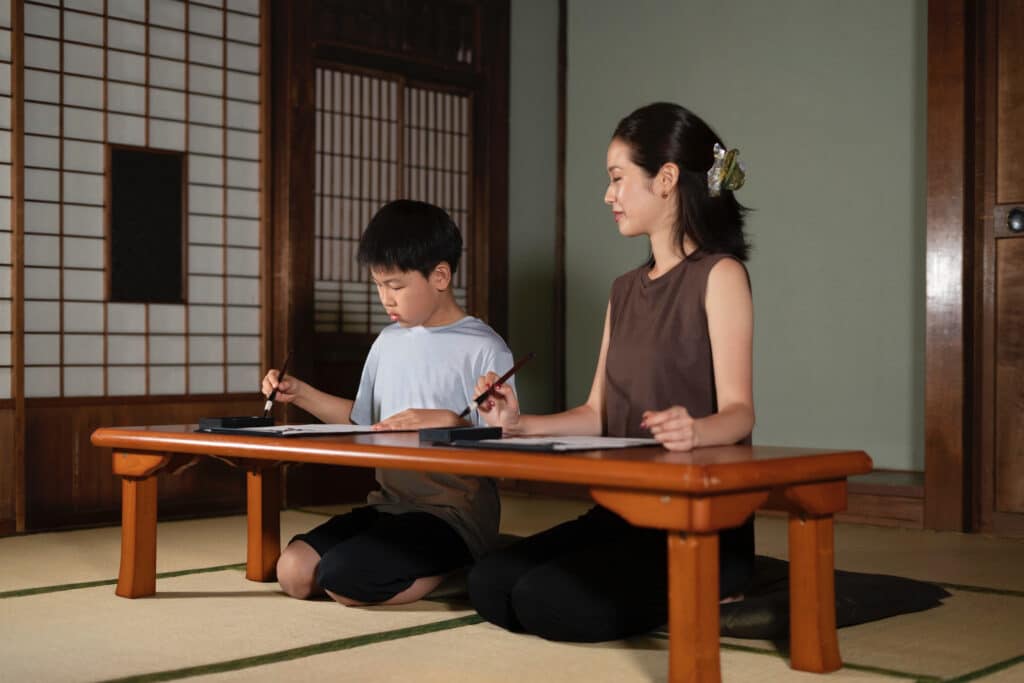
Knees, shins, and feet aligned parallel to the tatami, legs bent, back straight: you are in Seiza. And you are suffering. In any case, if you are not used to it, you will quickly feel pain in your legs.
And for good reason, this position was democratized by the Tokugawa dynasty to numb the legs of dignitaries who came to visit them. The shoguns’ aim was to prevent possible attacks. Incidentally, Seiza was also formerly used as torture to force criminals to confess their misdeeds.
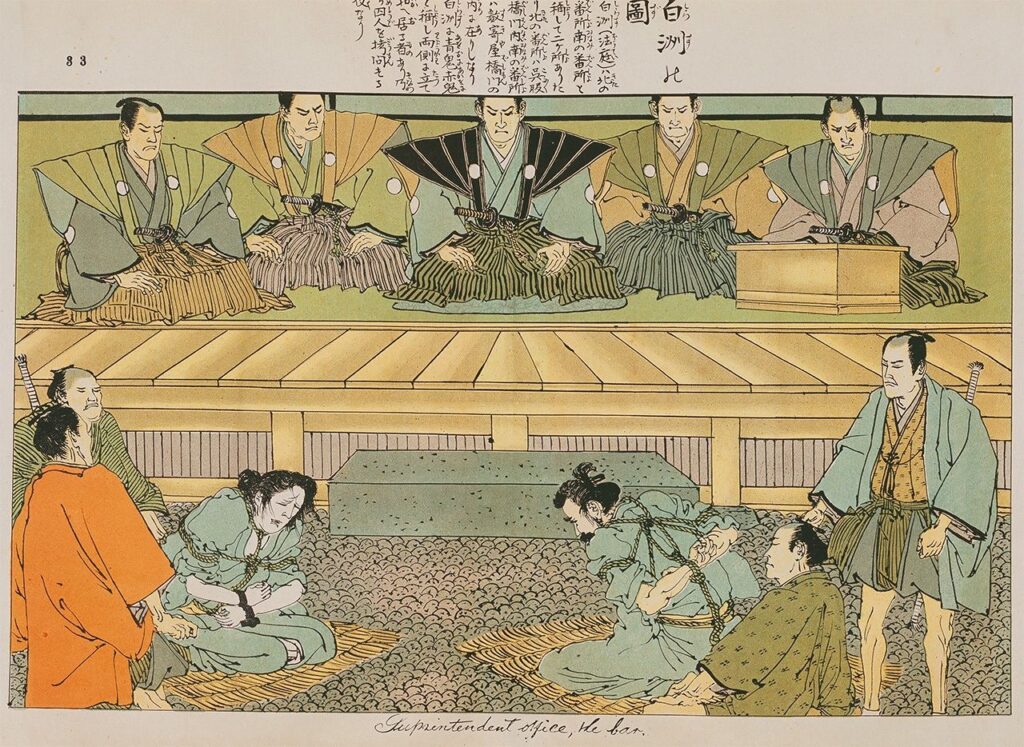
You can easily understand why strictly observing Seiza is not something that is required of everyone. But what is certain is that you will not fail to impress your partners if you manage to maintain this position.
Don’t worry, though: while your Japanese partners will comply with the exercise (with resignation in most cases), feel free to indicate that you would prefer to sit cross-legged or on a chair.
Besides, we would be surprised if your hosts didn’t offer you this option before you even asked…
Agura
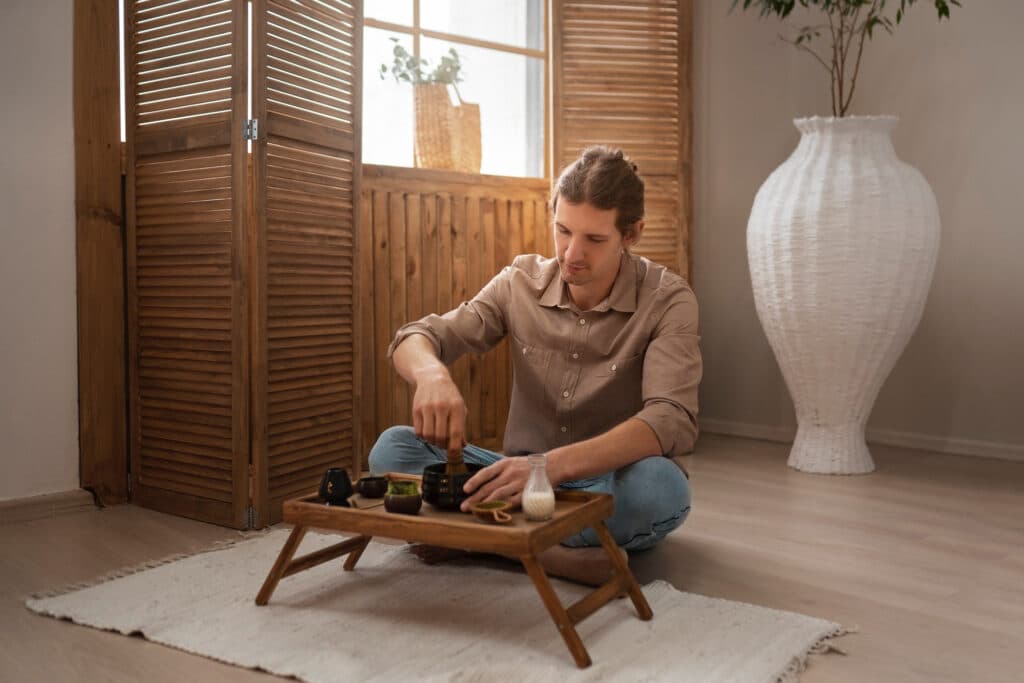
Sitting on the ground, cross your legs in front of you. You are now in Agura. Yes, Agura is the equivalent of the cross-legged position we use in the West. Much less technical than Seiza, this position is also logically more used.
Of course, it can still be challenging for some people, and that’s normal. In reality, simply sitting on the ground and finding a comfortable position is already a challenge.
Agura is less formal than Seiza, but you may find it in similar occasions, so it can be a good alternative to the latter!
In conslusion
No worries, you will be able to sit in Japan. Rather than seeing these different ways of sitting as potential difficulties, consider them as cultural specificities that add to the complexity and beauty of your experience in Japan.
If you want to master these positions before coming to Japan, you can train at home ! There are a ton of useful youtube tutorials that will surely help you.
We end on a hopeful note with this photo of a horiogtatsu, a low table under which you won’t need to contort yourself since it has space underneath to place your legs!
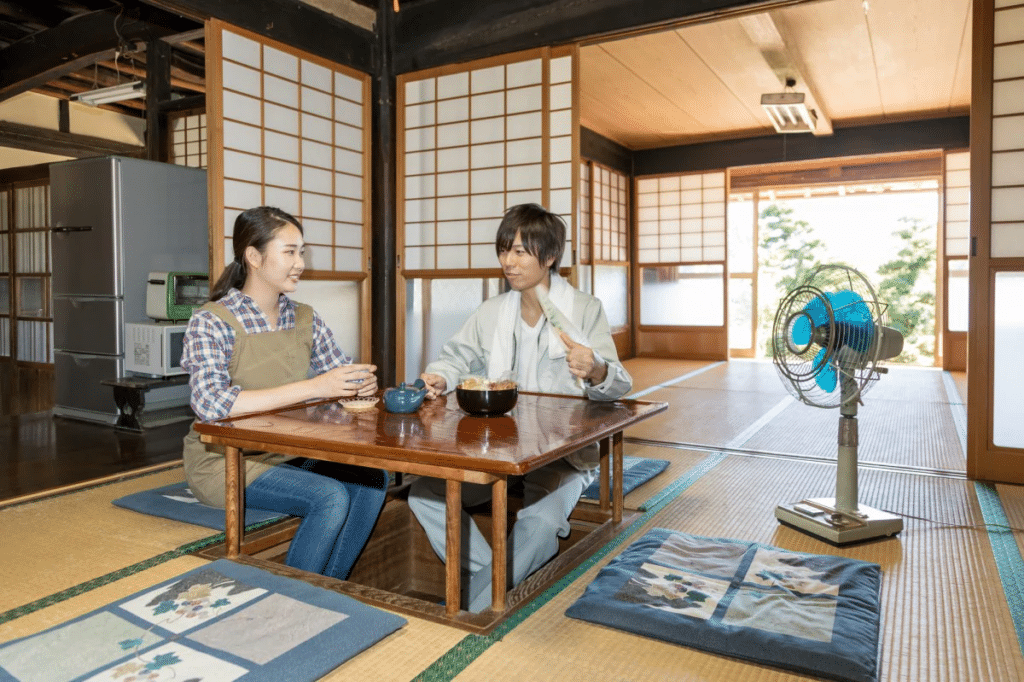
But most importantly, don’t forget that most Japanese people also live in westernized environments, and therefore with chairs and tables.
Follow us on social media :
